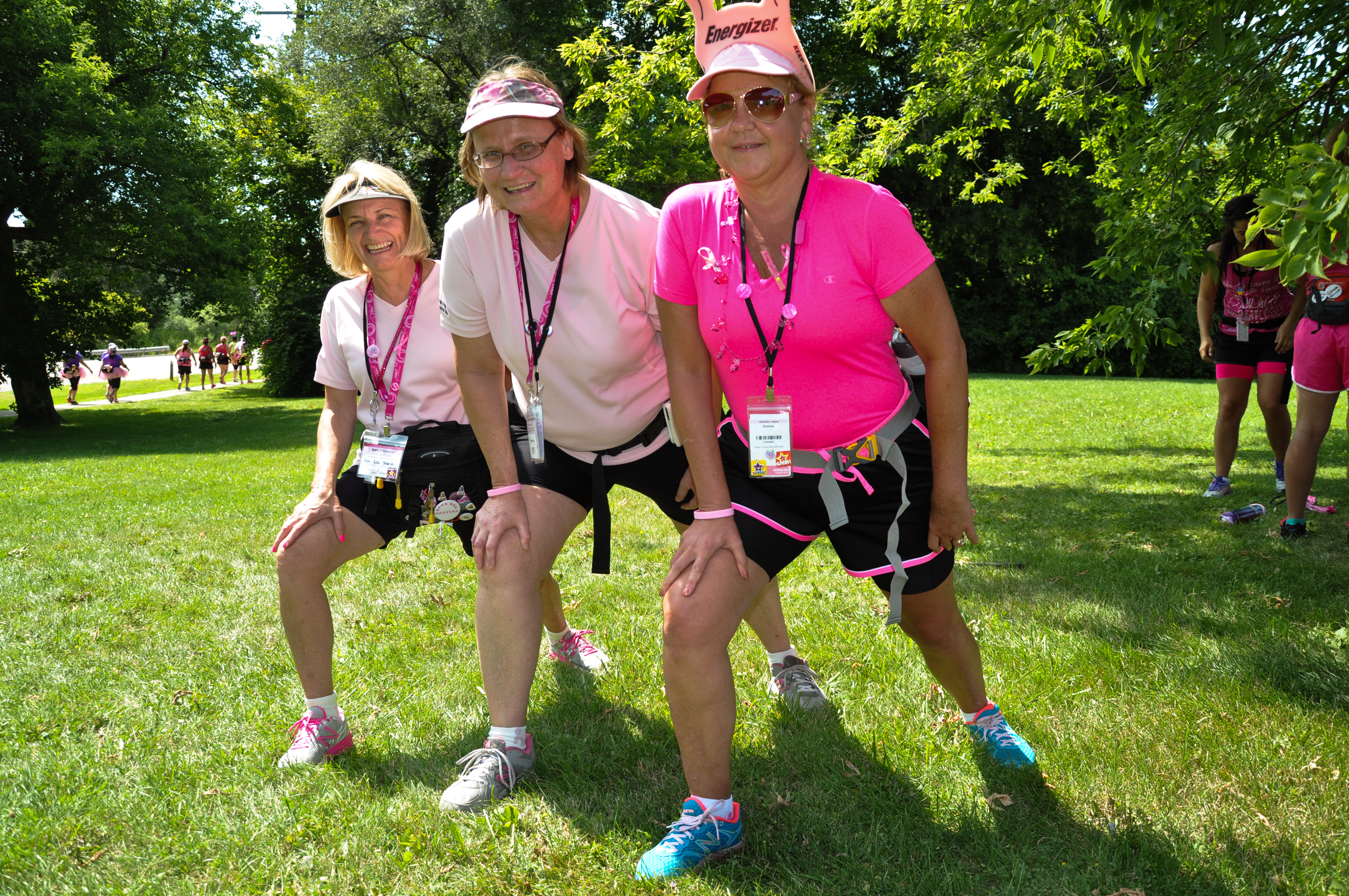Around this time of year, the air is getting warmer, the days are getting longer, and the natural result of these changes is that Susan G. Komen 3-Day® walkers are coming out of hibernation and diving into their Komen 3-Day training with vigor and enthusiasm.
So when an injury comes along—anything from shin splints to plantar fasciitis to back trouble—and takes you out of your 3-Day® training schedule, it can really hinder your momentum and leave you feeling frustrated. Keep reading for some advice on what to do when an injury sidelines you in the training game:
Don’t ignore the problem – You feel something. Maybe just a little twinge in your hip, or a dull throb on the bottom of your foot. And many of you (like me) will think, “It’s nothing, I can walk through it.” In some cases, it will be nothing, but if you start to feel something that just isn’t right, don’t ignore it. Be diligent about stretching, use ice and/or ibuprofen for the problem areas, and if those extra measures don’t work, don’t delay in seeing a doctor. A little bit of extra caution now will pay dividends when you’re healthy and whole for the 3-Day.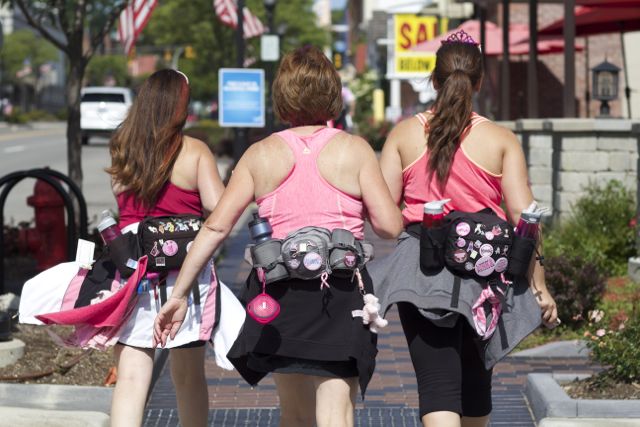
Keep in mind why you’re here – The 3-Day is an inspiring and challenging athletic endeavor (let’s face it; walking 60 miles in 3 days is physically way beyond what most people would attempt), but the walking is only part of the reason why the 3-Day exists. The awareness that you’re creating, not to mention the fundraising you’re doing are making the real impact in the fight against breast cancer.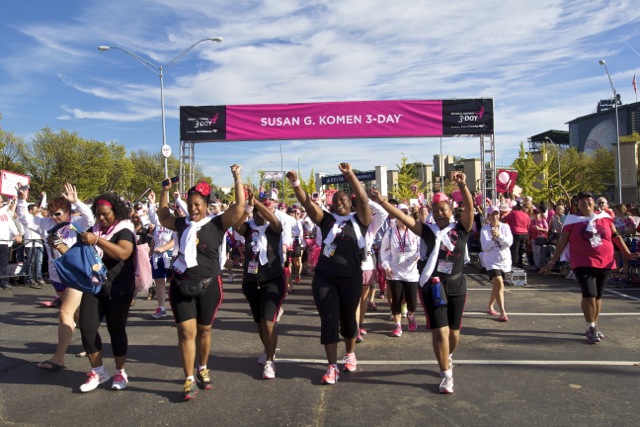
Double down on fundraising – And speaking of fundraising, if you get hurt while training and have to take a break for a few days or even weeks, take heart in the fact that the money you’re raising can’t be affected by physical injury. Use your down time to send out another fundraising email or plan a fundraising event. If you’re feeling especially dramatic, you could even use the injury as a backdrop for a money-raising gimmick (“The doctor says I have to stay off my feet for 10 days; who will donate $20 for each day?”)
Cross train however you can – Even if you can’t walk, you don’t have to be still. Cross-training is a way to incorporate non-walking activities into your regimen, and there are all kinds of cross training tactics you can try while your injury heals. Swimming, for example, is a great option in the warming weather, and is particularly gentle on joints and muscles.
Don’t rush back – If you’re recovering from a walking-related ailment—particularly if it was something caused by overuse, or a traumatic injury—ease back into your training slowly. I know, you’re excited and eager to get back out there, but to reiterate what was said above, a little patience and restraint will benefit you greatly when you’re able to cross the finish line on Day 3 on your own two feet.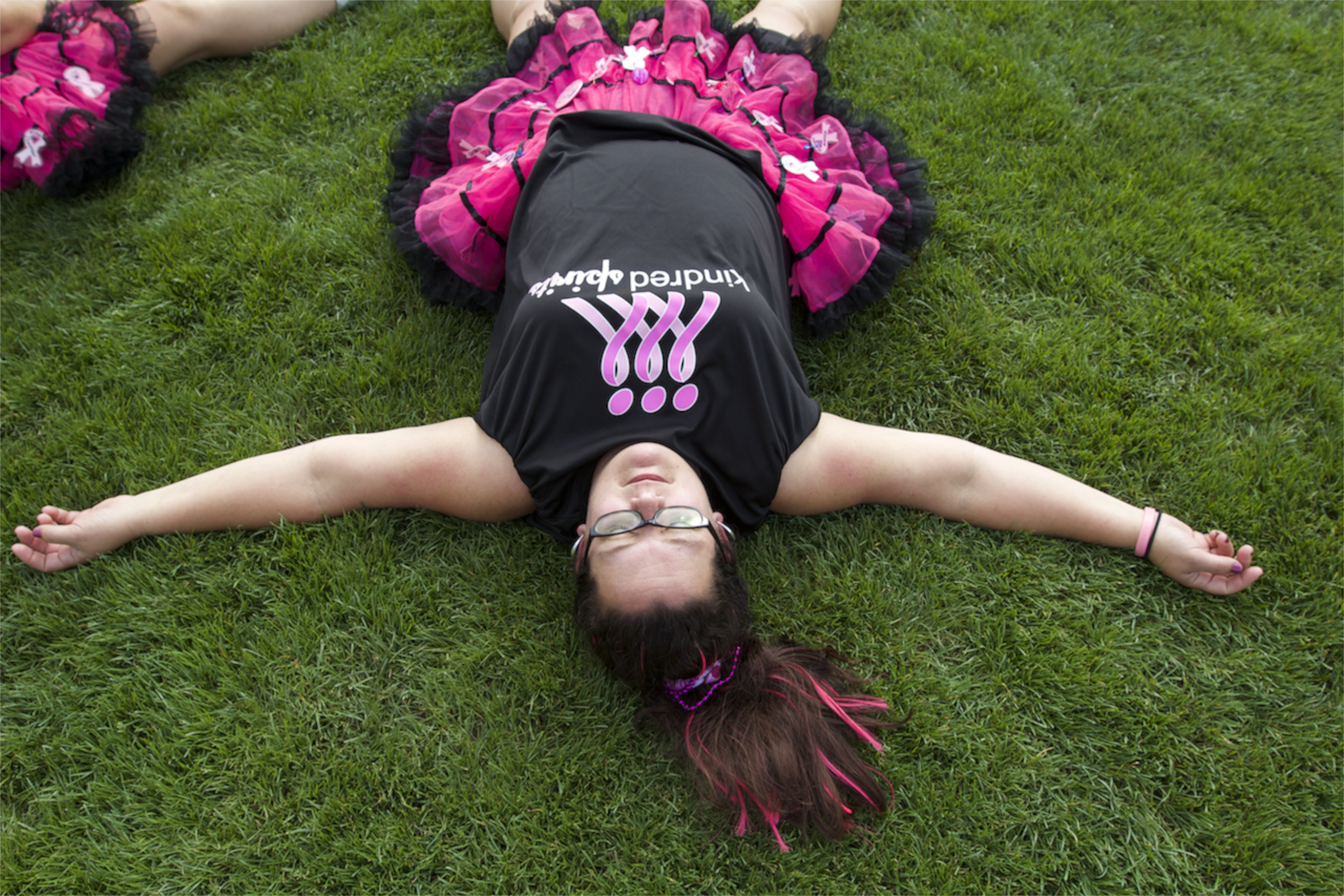
60 miles is a goal, not a requirement – The frustrating truth is that sometimes injuries do get the best of us, and all the rest, stretching and patience in the world may not leave you equipped to walk 60 miles. That’s okay. Walking every step of those 60 miles should be your objective, but remember that it is in no way an obligation. You’ll get out there and walk as much or as little as you will, and we will be there to support you across every inch—whether you’re on foot, under the care of our outstanding medical crews, or carried the distance by the amazing bus and sweep teams.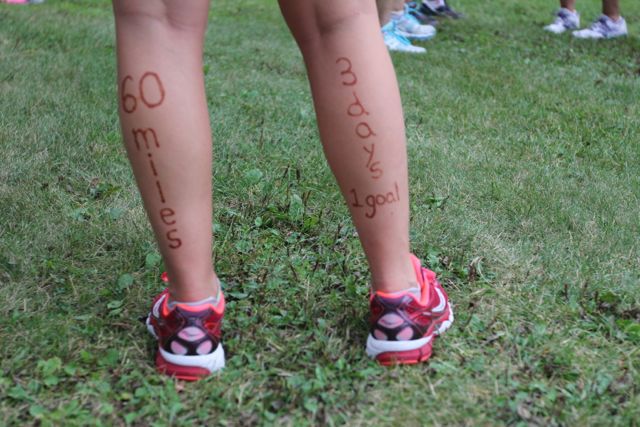
We’d love nothing more than for every one of our walkers to make it through their training completely unscathed, but if an injury does sneak through, we have no doubt that any one of you will weather the obstacle like the rock stars that you are.
PLEASE NOTE: THE HEALTH, SAFETY AND TRAINING INFORMATION PROVIDED TO YOU IN CONNECTION WITH YOUR PARTICIPATION IN THE SUSAN G. KOMEN 3-DAY IS NOT INTENDED TO REPLACE OR BE CONSTRUED AS MEDICAL ADVICE AND ANY SUCH INFORMATION IS NOT A SUBSTITUTE FOR SEEKING MEDICAL ADVICE OR TREATMENT FROM YOUR MEDICAL PROVIDER. BEFORE STARTING ANY EXERCISE PROGRAM OR FOLLOWING ANY RECOMMENDATIONS, ADVICE OR OTHER INSTRUCTIONS REGARDING TRAINING FOR THE KOMEN 3-DAY OR ANY ATHLETIC EVENT, YOU SHOULD FIRST CONSULT A PHYSICIAN AND HAVE A PHYSICAL EXAMINATION.
 As the 2015 Susan G. Komen 3-Day® Series draws closer, I hope each of you have been following the suggested training schedule to get you ready for what will be one of the most memorable and enjoyable experiences of your life. During my long training walks, I carry all of my essentials that I will use during my 60-mile journey. These are my absolute must haves:
As the 2015 Susan G. Komen 3-Day® Series draws closer, I hope each of you have been following the suggested training schedule to get you ready for what will be one of the most memorable and enjoyable experiences of your life. During my long training walks, I carry all of my essentials that I will use during my 60-mile journey. These are my absolute must haves:





